All gardeners know how important good soil is in growing a healthy garden. But when the soil isn’t up to par, what can we do to bring it back to life? Soil regeneration is an investment into your garden, turning it into a better place for you, your plants, and wildlife. Here’s how to do it!
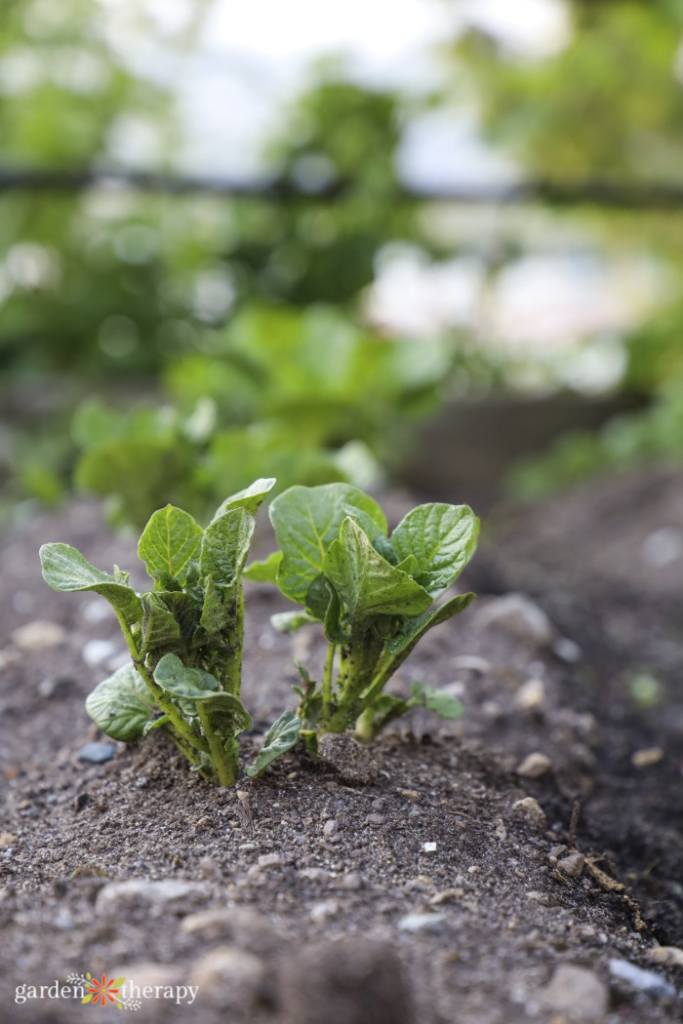
Soil seems like the most natural space to start when it comes to creating a regenerative garden. Every time someone tells me a problem about their space, I always say to have a look at the soil first. It’s where I first began my journey as a gardener.
At my first house, my backyard was so barren, grass didn’t even want to grow. In my next house, the soil was full of construction waste I had to dig out. In both cases, I knew the soil needed my help.
You can buy the most expensive, high-quality plants and fertilize them plenty, but if the soil isn’t good, they won’t stand a chance. But if you have “bad” soil, not all is lost. By feeding the soil and helping it develop, over time your plants will naturally thrive with minimal effort on your part.
Hard work now, little work later!
This post will cover…
- The Art of Soil
- Using Compost for Soil Regeneration
- Listening to Your Local Ecosystem
- Returning the Favor
- A Final Word on Soil Regeneration
- Frequently Asked Questions About Soil Regeneration
- More Posts to Read

The Art of Soil
There is a whole world under our feet. Just like swimming in the ocean, there is so much beneath us that we do not understand. Some things we treasure when we lift a rock and see the little bugs squirm and others are so teeny that even a microscope can barely see.
Most of the soil world we will never understand. Soil itself is an ancient system that outsmarts even the most up-to-date technology. Soil is the director of the movie, telling plants where to grow and where they belong based on what the conditions are.
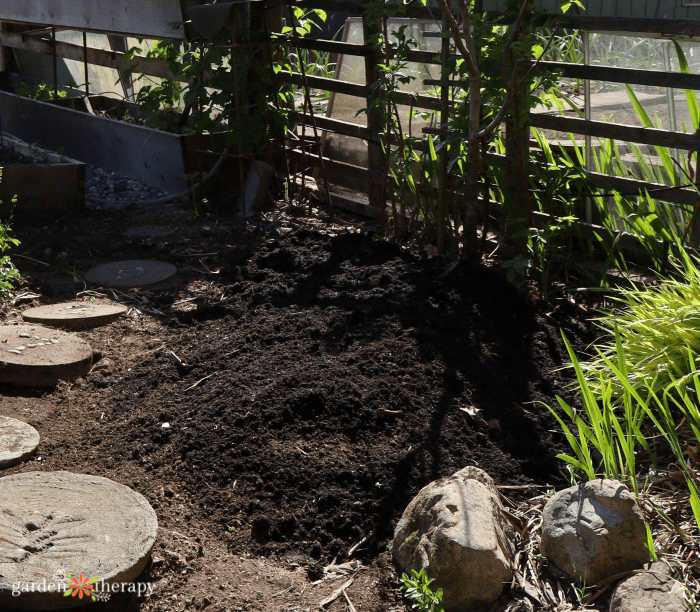
As leaves fall from plants, they become a top layer of compost which breaks down and feeds the plants with shallow roots. When these plants age, they grow deeper roots that mine nutrients back up to the surface level for all of us to enjoy. Once they age, they too will fall and get broken down by microorganisms, leaving behind a trail of minerals and nutrients, forever repeating the cycle.
Soil knows what’s it’s doing. It’s impossible to have too many nutrients as the plant will only take what it needs. And if it doesn’t get enough, it dies and lets another plant that will survive in those conditions take root.
The more we try to control the art of the soil, the more we interfere with a long-standing process that works just fine on its own.
But what we can do, is help to rebuild this soil community slowly by providing organic material. Then, we let the magic do its thing.
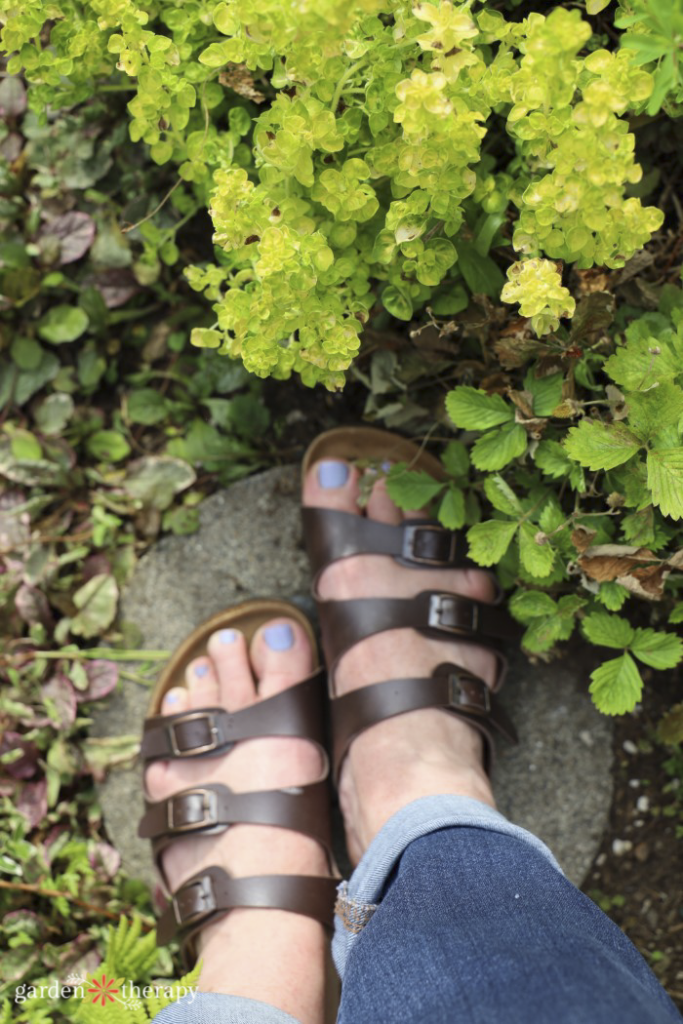
Using Compost for Soil Regeneration
The number one way to improve soil is with compost. In my first home (the one with the barren wasteland), nothing was living in the soil. And I mean nothing. In this case, I broke up the soil a little bit and added compost to it.
A lot of compost.
All the time.
Every year.
BUT if the soil is already alive, every time you break it up, you’re disturbing the community beneath it. Everything from the fungal layer to the micellular threads will have to start from scratch. Regenerative gardeners do very little to disrupt working soil to be healthy.
You don’t want to disturb the wildlife, whether it’s microorganisms or a nesting bee. Since we know so little about what’s below us, we want to leave them alone to do their job.
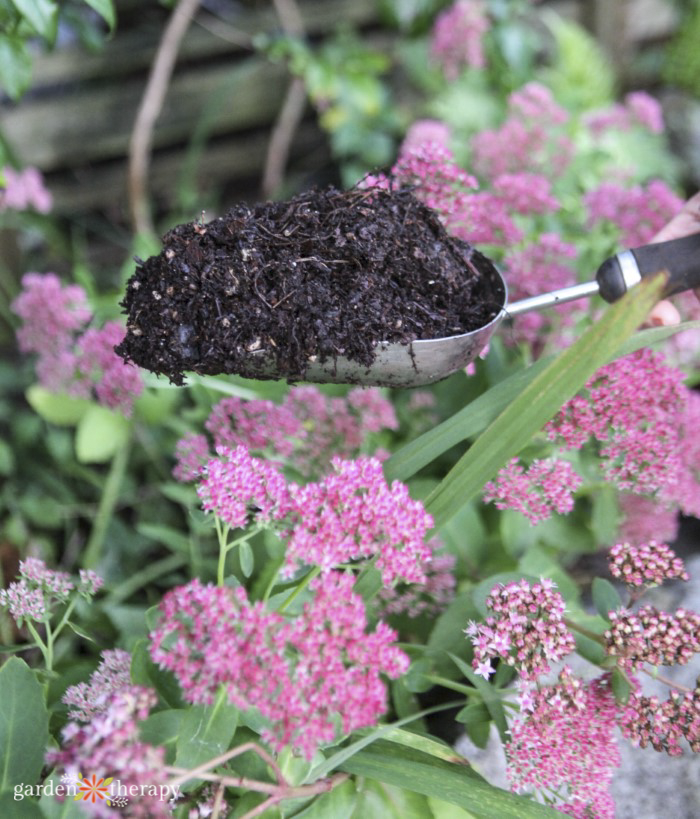
Alive soil will host weeds and grass. While it may not be ideal yet for other plants, it’s still a working community. These wild plants and weeds are actually working to improve the soil.
In this case, you want to add layers of compost on top. Over time, the soil structure will improve.
While it’s great to know what type of soil you have by employing soil testing, you can always add organic matter to it. Ideally, you make your own compost. Hyperlocal compost made from decomposing plant material from our own land means the microorganisms in your garden are already able to use it. The more local, the better.
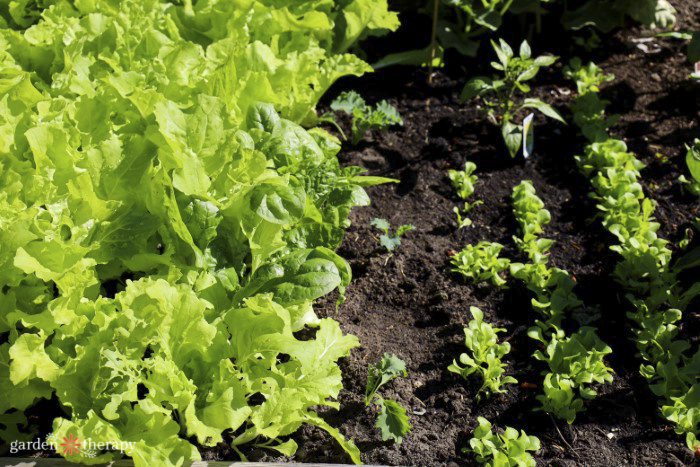
Listening to Your Local Ecosystem
Oftentimes, people ask me for advice on best practices for their garden. It’s a difficult question for me to answer as one microclimate can be incredibly different than one even 30 minutes away. So, my answer is to look around you. What mother nature is doing, you should be doing.
For instance, my garden looks like a forest in the fall. I let the leaves decompose where they fall rather than rake and bag them up, as that’s exactly what would happen if I wasn’t there.
Let’s take a look at what would happen if I did bag up these leaves.
On my street, the city planted linden trees. They’re notorious for housing aphids and we get so many that it just rains honeydew on the parked cars and sidewalk. Everything gets sticky and gross, and it gets very difficult to manage. When the aphids get really bad, the neighbours complain and the city comes and sprays the trees. Not ideal.

In my eyes, once the aphids get really bad, I know that the next year will look a whole lot different. All the ladybugs who like to feed on the aphids will come swarming in, eat the aphids, and lay their eggs. The next year, there will be SO many ladybugs from these eggs. And when the aphid population dies down, the ladybugs fly off somewhere else and the cycle will repeat itself.
Now, if I were to disrupt the leaves where the ladybugs lay their eggs, I would be taking away my pest control. I would be interfering with Mother Nature’s natural (and effective) cycle.
So instead, I sweep any leaves off the sidewalk and leave them in my garden beds and keep them close to the tree. And come spring, I’ll put compost right on top of the leaves. Just like the forest, this creates a wonderfully spongy layer beneath the trees.
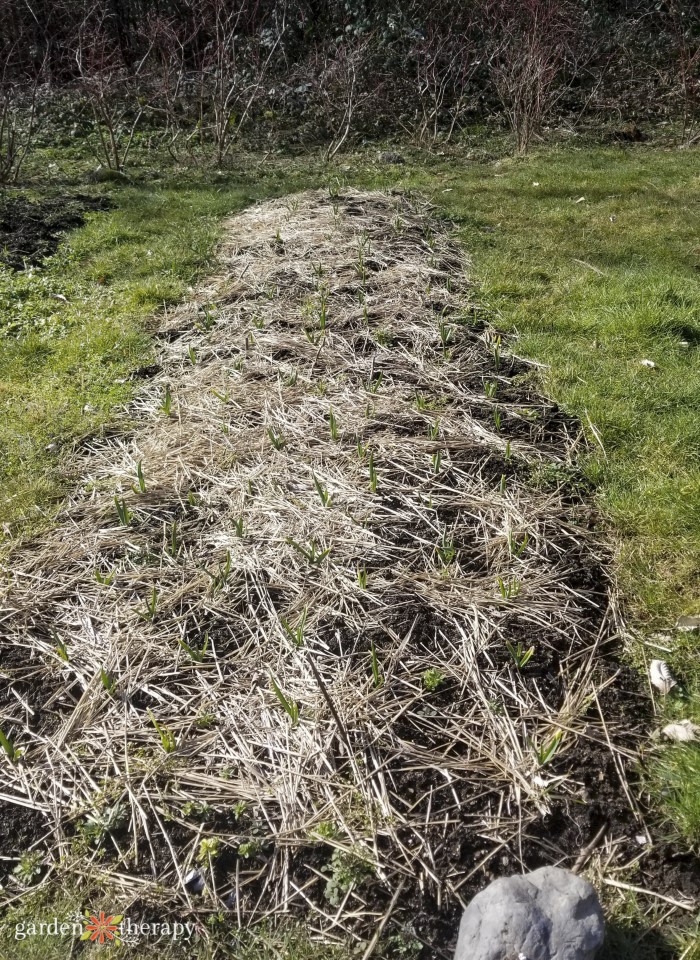
Returning the Favor
Our soil gives so much to us, so we want to make sure we reciprocate. Every time you take something out, you need to put something back in. For instance, if you remove vegetables in the garden to eat, make sure to add something back to that soil, from the tops of carrots to a brand new layer of compost.
If we keep taking, we set the soil back. Instead, we need to contribute to the community and keep its cycle going. This also helps to prevent soil erosion. If we take away the roots that hold onto the organic matter, a hillside will start to slide right off.

A Final Word on Soil Regeneration
So, after all that, what is regenerative soil? Well, it’s a combination of things. It’s trusting the unknown world below our feet and allowing it to do its own thing. Think of it as a mini-ecosystem. We can feed it, but we shouldn’t try to interfere with its natural cycle. Understand that the weeds are there for a reason. Listen to your local landscape and try to be a part of the community rather than control it.
And the result? A thriving, lush garden that has become a hub for biodiversity.
All of this is just a tidbit of what you’ll find in The Regenerative Garden. Inside, I dedicate a whole chapter to working with your soil and employing regenerative practices. Alongside the basics of what regenerative gardening is, I included over 80 projects from my garden to help you employ those practices.
So if amazing soil is your mission, be sure to grab a copy of The Regenerative Garden.

Frequently Asked Questions About Soil Regeneration
There’s no sure number to determine how you can take your dead soil to alive and thriving. In ideal conditions, the soil is under a constant cycle of nutrients leaving and coming back.
But the more we take from the soil, the more it degenerates. Vice versa, the more we put into the soil, the faster we will regenerate it. Other factors such as climate conditions, moisture, soil use, and native plants will also play a part. With plenty of amendments, you’ll see your soil get better with every passing year.
Compost is garden gold. Use compost to add organic material and microorganisms into your soil. It adds air pockets, holds moisture, and boosts nutrient levels.
Fully composted, local manure works as an organic fertilizer and should be added annually to your soil. Green manures, also known as cover crops, can also be grown with the intention of reincorporating the plants back into the soil. Chop em and drop em!
Protect the soil with layers of mulch. This helps to regulate temperature, retain moisture, and slowly decompose and add nutrients.
Embrace all kinds of soil fixers, AKA those weeds and wild plants. They are the first things to grow in poor soil and help to bring it back to life.
And most importantly, leave the soil alone! Adopt no-till gardening so that you do not disrupt the soil culture below.

Where are you on your soil regeneration journey? I love hearing about your gardens and how you have employed regenerative practices in them. Let me know in the comments down below!





When you say that you leave your leaves in your garden, do you break them up or shred them at all first? I’ve read that this is necessary to keep them from getting all matted, but in the forest, obviously, they wouldn’t be shredded. (Also there are several places in my yard that have years’ worth of unshredded leaves piled up, so it would be good news if I can work with them as they are!)
Hi! Love all your tips and practices.
I have a fairly large veggie flower garden, fenced and organic.
There is a new problem with an aggressive crab grass coming in
Along the fence at one end of my garden. Vinegar and Epson salts not totally working. Any suggestions? Also spotting several blackberries starting up and creeping in….believe the deer eat the berries out in wild nearbyand poop them near my garden! Thank You, and stay well! 🌷😊💜
Hi Gwen, I think you would really enjoy the plants chapter in my book. It will answer a lot of these questions…not by telling you how to remove the wild plants, but by sharing their purpose and how we can work with them.
Increase vinegar acidity by boiling off some of the water. Use this vinegar to control weeds.
I really like your point if you take something out like vegetables you should replace it with its compost,
The same can be said though – every time you add something you are also taking something else away. Too many people I find add too much.
Great article – thanks